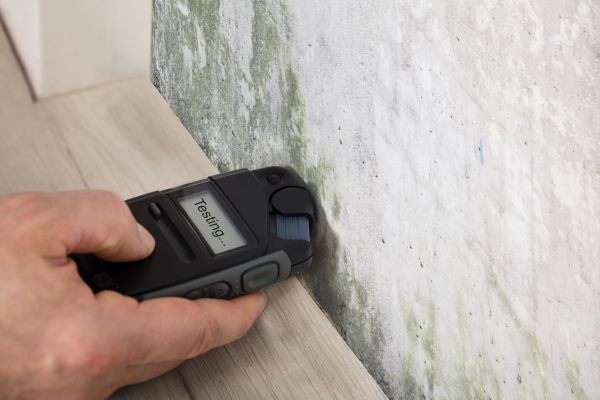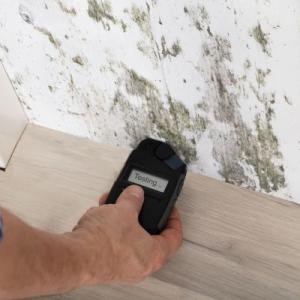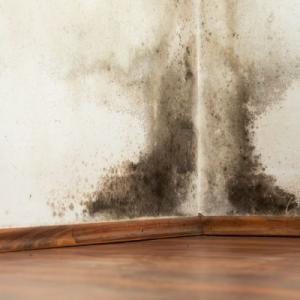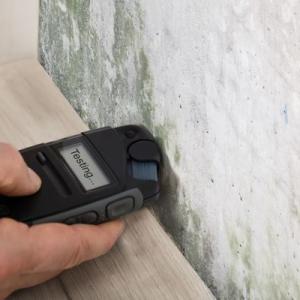
Mold Evaluation: Sacramento
Mold Evaluation in Sacramento
Get help with Mold Evaluation in Sacramento. Fill out the form above and we will connect you with local Sacramento pros. Mold evaluation offers valuable insights into the presence and severity of mold issues in your space. By engaging in this process, you gain a comprehensive understanding of potential health risks and structural damage caused by mold. With expert evaluation, you can make informed decisions on remediation efforts, ensuring a safer and healthier environment for occupants. This assessment helps identify the root causes of mold growth, enabling you to address underlying issues and prevent future outbreaks. By investing in mold evaluation, you prioritize the well-being of your space and take proactive steps towards maintaining a clean and mold-free environment.Mold Evaluation FAQ
Q: What Are The Health Risks Associated With Mold Exposure And How Can A Mold Evaluation Help Mitigate These Risks?
Answer: The health risks associated with mold exposure include respiratory issues, allergies, asthma attacks, and other allergic reactions. A mold evaluation can help mitigate these risks by identifying the presence of mold, determining the extent of the problem, and providing recommendations for mold remediation and prevention measures to create a healthier living environment.Q: How Long Does A Typical Mold Evaluation Process Take And What Are The Key Steps Involved?
Answer: The typical mold evaluation process can vary depending on the size of the property and the extent of the mold growth. However, it generally takes anywhere from a few hours to a few days. The key steps involved in a mold evaluation include visual inspection, moisture assessment, mold sampling, laboratory analysis, and the creation of a remediation plan.Q: What Are The Common Signs Or Indicators That Suggest A Property May Require A Mold Evaluation?
Answer: Common signs or indicators that suggest a property may require a mold evaluation include visible mold growth, musty or moldy odors, water damage or leaks, respiratory symptoms or allergic reactions in occupants, and a history of moisture issues or flooding.Q: What Are The Potential Sources Of Mold Growth In A Building And How Can A Mold Evaluation Help Identify And Address These Sources?
Answer: The potential sources of mold growth in a building can include moisture intrusion from leaks, high humidity levels, poor ventilation, and water damage. A mold evaluation can help identify these sources by conducting a thorough inspection of the building, testing for mold presence, and assessing the conditions that promote mold growth. By identifying and addressing these sources, the evaluation can help prevent further mold growth and improve indoor air quality.Mold evaluation is a process that involves the assessment and inspection of mold growth in indoor environments. It is conducted by professionals who specialize in identifying and determining the extent of mold contamination. During a mold evaluation, experts examine the affected areas, collect samples for laboratory testing, and analyze the results to identify the type and concentration of mold present. This evaluation helps to provide valuable information about the potential health risks associated with mold exposure and assists in developing an appropriate plan for remediation. Mold evaluation is crucial in identifying and addressing mold issues in residential, commercial, and industrial settings, ensuring a safe and healthy environment for occupants.


